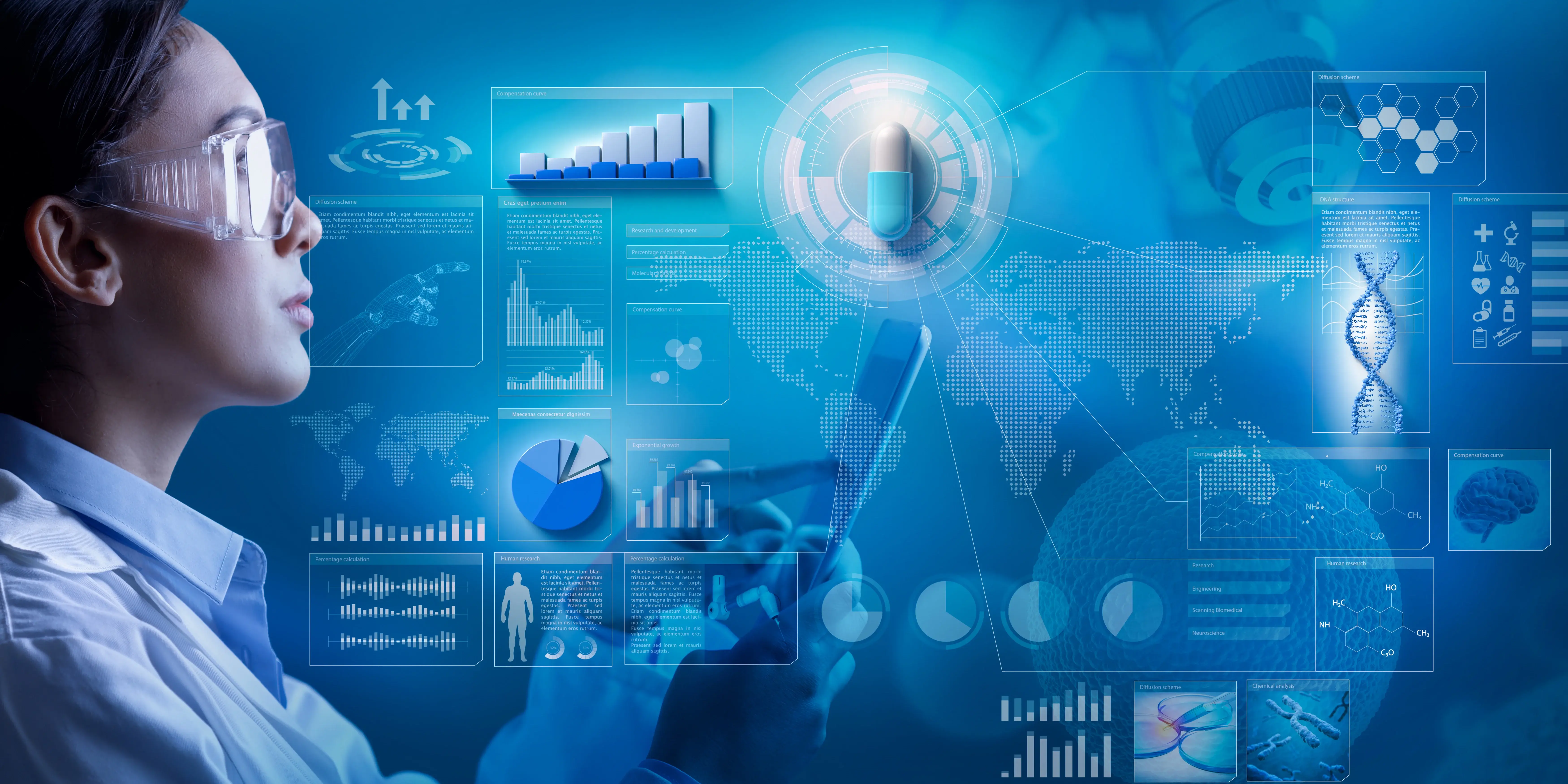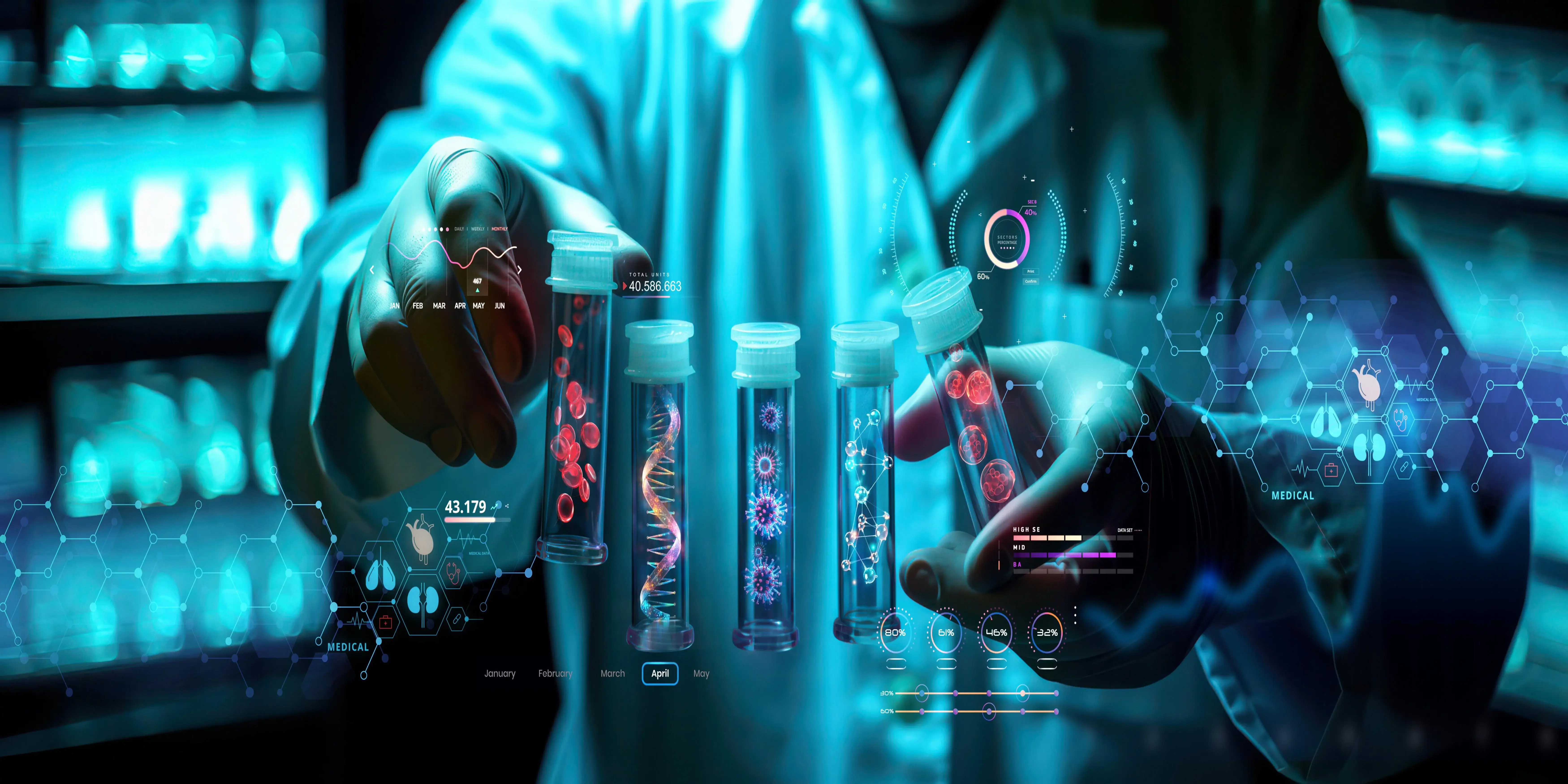A specimen is any sample or living organism collected for scientific study and research. Therefore, Scientists are working around specimens in all research related to biological sciences, medical sciences, archeology, and geology. A specimen provides scientists with the information they need to know, classify, or learn new aspects of the natural world. Examples include tissue samples used in clinical research as well as fossils used in paleontology. Reviewing the importance of specimens in various scientific fields, data collection, and preservation methods, problems associated with the process of specimen handling, and the scope for specimen-oriented research have been discussed in this paper.
Types of Specimens
Biological samples are used in most scientific research fields. Some examples of biological samples are tissue, blood, and plant specimens. These forms play a crucial role in the study of medicine and the environment. Geological samples such as minerals, fossils, and rocks help scientists know the history of Earth and how it evolved. Just like artifacts and skeletons, archaeological samples give enlightenment on previous human cultures.
Specimens in Natural History and Museum Collections
Natural history museums and research institutions house large collections of specimens, hence serving as references for the scientists. Materials used in forensic science and environmental monitoring are included in the collections. These collections represent a historical account of how the environment has changed over time, cultural advancements, and biodiversity. Specimens are used by researchers to track climatic changes and to find out the evolution of certain species.
Clinical and Medical Specimens
These bio-specimens include blood, tissues, and saliva. This is vital for any research in medicine and clinics to understand genetic disorders, establish treatments, and also detect diseases. Such specimens are stored in biobanks for use in further studies. By accessing these biobanked specimens, scientists can follow the course of a disease, find biomarkers, and assess treatment effectiveness. Such clinical research specimens are very crucial to finding new drugs, tailored therapies, and public health interventions.
The Process of Collecting and Preserving Specimens
Field Collection of Specimens
Field collection is taking material from an ecosystem, such as a forest river desert, or ocean. Sometimes the biological specimen protocols need to be followed to keep impacts on species and ecosystems to a minimum. Geology and paleontology use excavation procedures in collecting specimens without destroying them. Providing context for the state of the specimen may also be part of fieldwork through the collection of environmental data, such as temperature and humidity.
Laboratory Processing and Storage
Specimens should be handled with care after collection for preservation of their scientific worth. Often preservation processes like freezing, chemical fixation, or drying are needed to avoid the deterioration of biological specimens. Specimens that have specimens containing geology and archaeology are documented and stored in conditions that will not allow for deterioration. Biological samples used in clinical research are kept cryopreserved for extended periods of analysis biobanks.
Ethical Questions Regarding Specimen Collection
Sample collections, especially animal or plant specimen collections, raise ethical issues. There are issues related to the respect of the rights of indigenous peoples, the protection of the ecosystems, and the welfare of animals or plants that also require the establishment of ethical standards. Patient consent is also necessary where the activities concern medical research of biological specimens.
Challenges in Handling and Studying Specimens
Degradation and Contamination
One of the significant concerns in specimen studies is decay prevention. Most specimens are a type of organic that decomposes if stored poorly. For instance, geological or archeological specimens may decay if exposed to some external factors, such as moisture or light. The biological specimen is also susceptible to decomposition if not properly preserved. The other critical concern is contamination. Because introducing other substances may change the properties of the specimen, one cannot obtain a reliable outcome.
Rare Specimens Are Not Readily Available
Sometimes, researchers face the constraint of less access to rare or endangered species. In this case, conservation biologists will only face fewer opportunities to have access to critically endangered species, and paleontologists will encounter some problems in searching for well-preserved fossils. For these reasons, the accurate preservation of specimens becomes even more important for future studies and the reproduction of outcomes.
Technological Limitation
Specimens are commonly exposed to heavy technologies that even scientists might not be able to access. High-resolution imaging and molecular analysis, for example, call for special tools and knowledge. While further development in those technologies improves scientists' capabilities to analyze specimens with better accuracy and effectiveness, it does limit the depth of the investigation at times.
Advancements in Specimen-Based Research
Genomics DNA analysis
One of the most important breaks made in specimen research is extracting and analyzing DNA from specimens-even aged or degraded specimens. Genomic technologies allow scientists to study the genetic makeup of an organism, record the rate of evolution, and even go on to find new species. This old DNA research has turned out to be revolutionarily useful in fields like archeology and paleontology where scientists have even ventured to take up the job of analyzing the genomes of extinct animals.
3D Imaging and Digital Specimen Collections
The use of 3D imaging and digitization has reshaped the analysis and communication of specimens. With the advent of high-resolution scanning technologies, researchers are now able to digitally scrutinize detailed replicas of specimens located anywhere across the world. Besides developing opportunities for collaboration for researchers, digital specimen collections have a smaller requirement to physically move rare or delicate specimens. Besides developing opportunities for collaboration for researchers, digital specimen collections have a smaller requirement to physically move rare or delicate specimens. Research and preservation opportunities of specimens have increased with these developments.
Artificial Intelligence and Machine Learning
During specimen research, AI and machine learning are applied in the examination of large, complicated data sets with an eye for spotting trends not visible at a glance. For example, AI algorithms have been applied in taxonomy in order to classify species based on their physical characteristics. During medical research, several specimens can be analyzed using artificial intelligence.
Conclusion
Specimens are a crucial device in the scientific method, from peering into the natural world, past civilizations, and the clinical study of human beings. From the scrutiny of biodiversity to medical findings on treatment, specimens form the basis for great scientific endeavors. New technologies such as genomics and AI broaden consciousness, enabling the study of far closer and far more accurate specimen-based research. Specimens, however, are there to remain part and parcel of the march of research in unearthing mysteries of life for scientists, developing new medical solutions, and protecting biodiversity for generations yet to be born.



